Last Updated on March 18, 2024 by Michelle
Many readers have reached out to me over the past few weeks–now that the nation is at the peak of the sugarmaking season–wanting to know how to identify their maple trees. So today we’ll break it down, with some sure signs to look for.

Do you need a sugar maple?
Hi, I’m Michelle. A backyard sugarmaker in New England, and author of Sweet Maple.
Please consider helping me support sugarmaking education worldwide with every purchase of the SoulyRested Swag. You’ll find the latest designs right here (like the one I’m wearing here) .
Ideally, you’ve found the holy grail of all sugarmaking trees if you identify sugar maples.
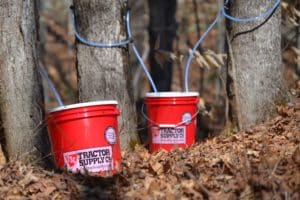
Sugar maples offer the highest sugar content of any sap you can find, as well as a great sap production rate. Our best producing sugar maples will give us 5-10 gallons of sap a day, on the best days, at 2-3% sugar content.
But you definitely do not have to have a sugar maple to successfully make delicious syrup.
In fact, you don’t even have to have a maple, period. In my last post, right here, I itemized 31 varieties of trees that can be used to make syrup. Kinda crazy, but absolutely true.
Even so, there’s no denying that maple trees, in general, have the highest sugar content in the sap. So let’s talk about an easy way to identify if your tree is a maple tree, even in the winter, without the help of leaves.
How to identify a maple tree in the winter…
Even without any leaves to guide you, there is one telltale sign to look for to help you know if your tree is a maple tree.
Look where the branches meet on the branch. If they are alternate placement, like the beech branch on the left, below, you definitely do not have a maple tree.
If, on the other hand, your branches meet in an opposite placement, like the maple branch on the right below, you very well may have identified a maple tree.
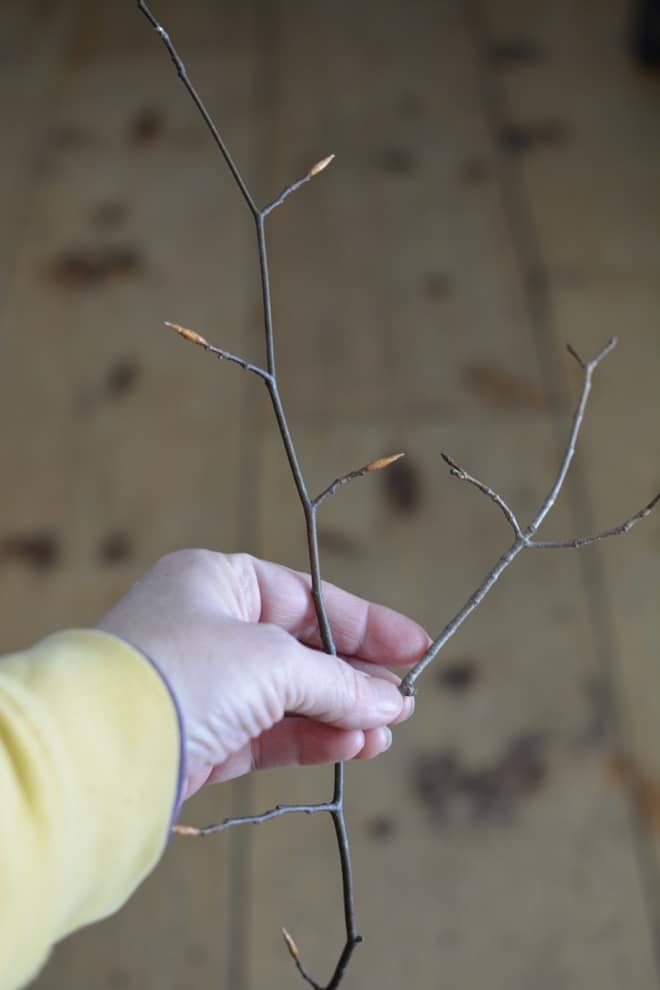
You see, in all of nature there are only 4 types of trees that have opposite arrangement of their branches:
- Maple,
- Ash,
- Dogwood,
- Chestnut
By the overall shape of the tree and appearance of the bark, you can pretty easily eliminate the other 3 options and know if you have identified a maple.
How to identify a maple tree in the summer and fall…
It’s easy to examine the shape of the leaf’s cleft (where the lobes meet) and the edge of the leaf (if it’s smooth or serrated, or jagged) and know if you have a sugar maple tree. Watch the short video below to see exactly what you need to look for.
How can you tell a maple tree from another tree?
If you look closely at the leaf’s cleft (where the lobes meet) and the edge of the leaf (if it’s smooth or serrated, or jagged), you can easily tell a maple tree from another tree. In this short little video, I show you exactly what to look for, and examples of different maple leaves.
How do I identify a specific maple tree?
Again, a close look at the leaves’ lobes and edge will tell you what type of a maple tree you have. While ALL maple trees are great for tapping and making maple syrup, if you only want to tap the most productive, best-of-the-best maple trees, you’ll want to identify your sugar maples. This short video helps you identify specific maple trees.
How to identify a maple tree in the spring…
When I first learned about the striking, unique appearance of sugar maples in the spring I was amazed at how easily I could identify a sugar maple from a long distance away. In this video right here I explain more about identifying a sugar maple in the spring.
And I wrote about spring maple tree identification as well.
How to make maple syrup…
Now that you’ve identified a maple tree or two, you need to know the ins and outs of tapping a tree and making maple syrup. Check out the plethora of information I offer here and grab a copy of my book, Sweet Maple, for all the answers to the questions you don’t even know you have yet.
Go here to see what others are saying about Sweet Maple and for a peek inside the book.
How to save money making maple syrup?
Watch this video to find out how to save hundreds of dollars a year on your backyard sugarmaking efforts. Or read the details in this article, and follow the links to everything you need to build your own reverse osmosis system for maple syrup.
Other articles you’ll want to read:
How to build a reverse osmosis system for maple syrup that will save you hundreds of dollars
Find out what 31 varieties of trees can be tapped to make syrup.
Find out what tools you can use to measure your sugar content when making syrup.
Make decadently delicious maple cream with your syrup!
A complete list of what you’ll need to tap trees and make syrup.
You can also follow my Maple Syrup pinterest board right here. Everything I ever write about maple gets added to that one board.
And all the trees of the field shall know that I am the Lord; I bring low the high tree, and make high the low tree, dry up the green tree, and make the dry tree flourish. I am the Lord; I have spoken, and I will do it.” Ezekiel 17:24
Pin this for later!
Click on the image below to pin this post.
Find out why SoulyRested was considered to be one of the One of the Top Homesteading Blogs.
Glance at my Resource Page if you’d like to get a glimpse of all the supplies I use and recommend for everything from gardening, to homeschooling, to chicken care, to nature journaling, to maple syrup making.
And download my 8-page Pantry Checklist and have instant access to the best ingredients and exclusive discounts.
I’d love to connect!
To find me in some other neck of the woods, just click any (or every!) icon below:

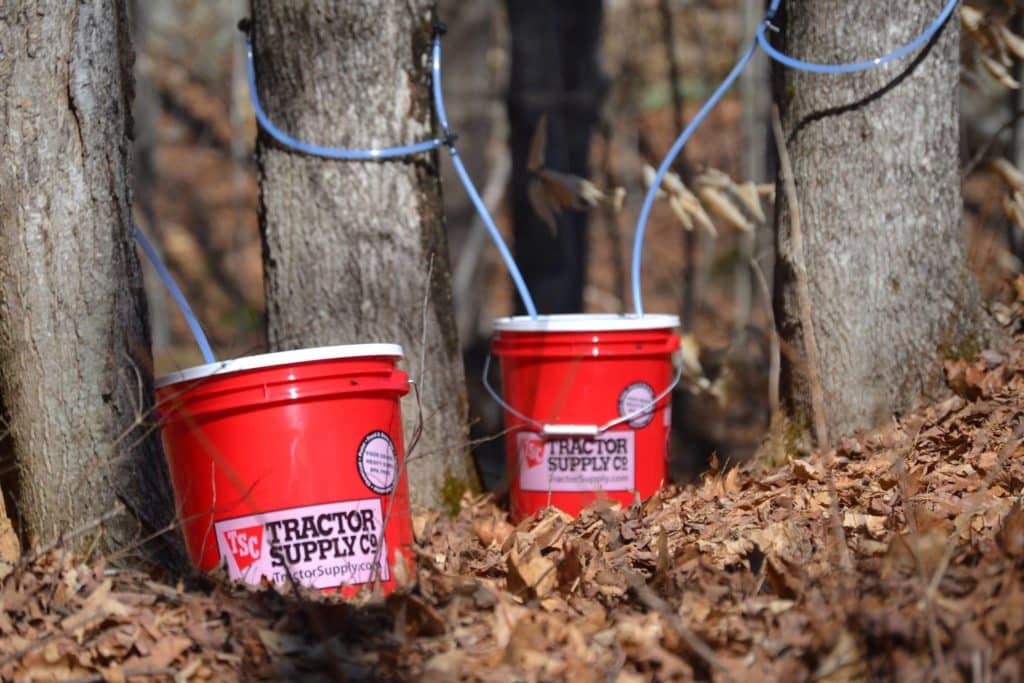
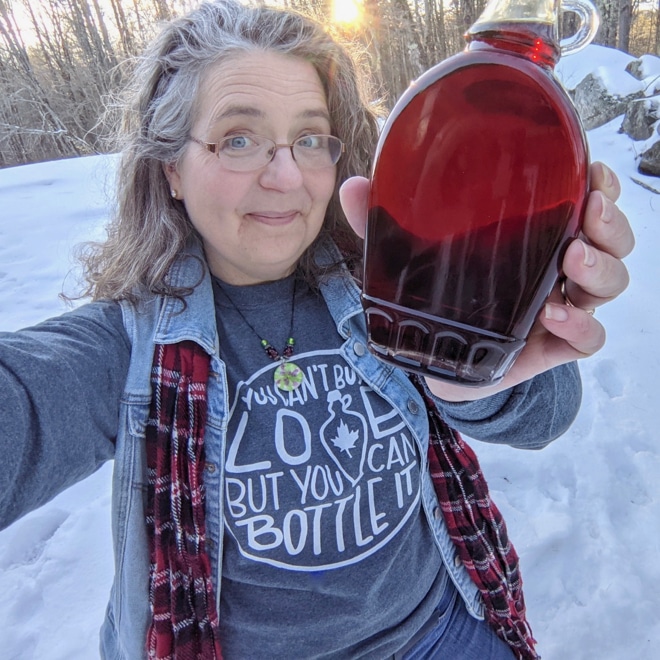
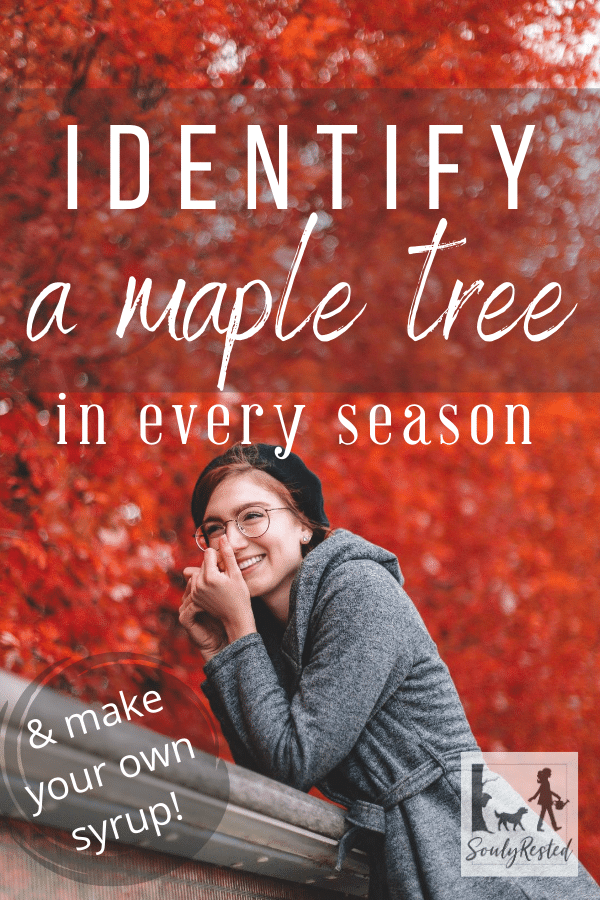




Thank you SO much for this tutorial. I will no doubt be combing our woods to see what we’ve got. Love learning useful stuff…
Have a wonderful day!
It’s always my pleasure to introduce a new friend to this maple obsession! 😋
Pingback: Can Guinea Pigs Eat Maple Tree Branches: A Comprehensive Guide | Mast Producing Trees